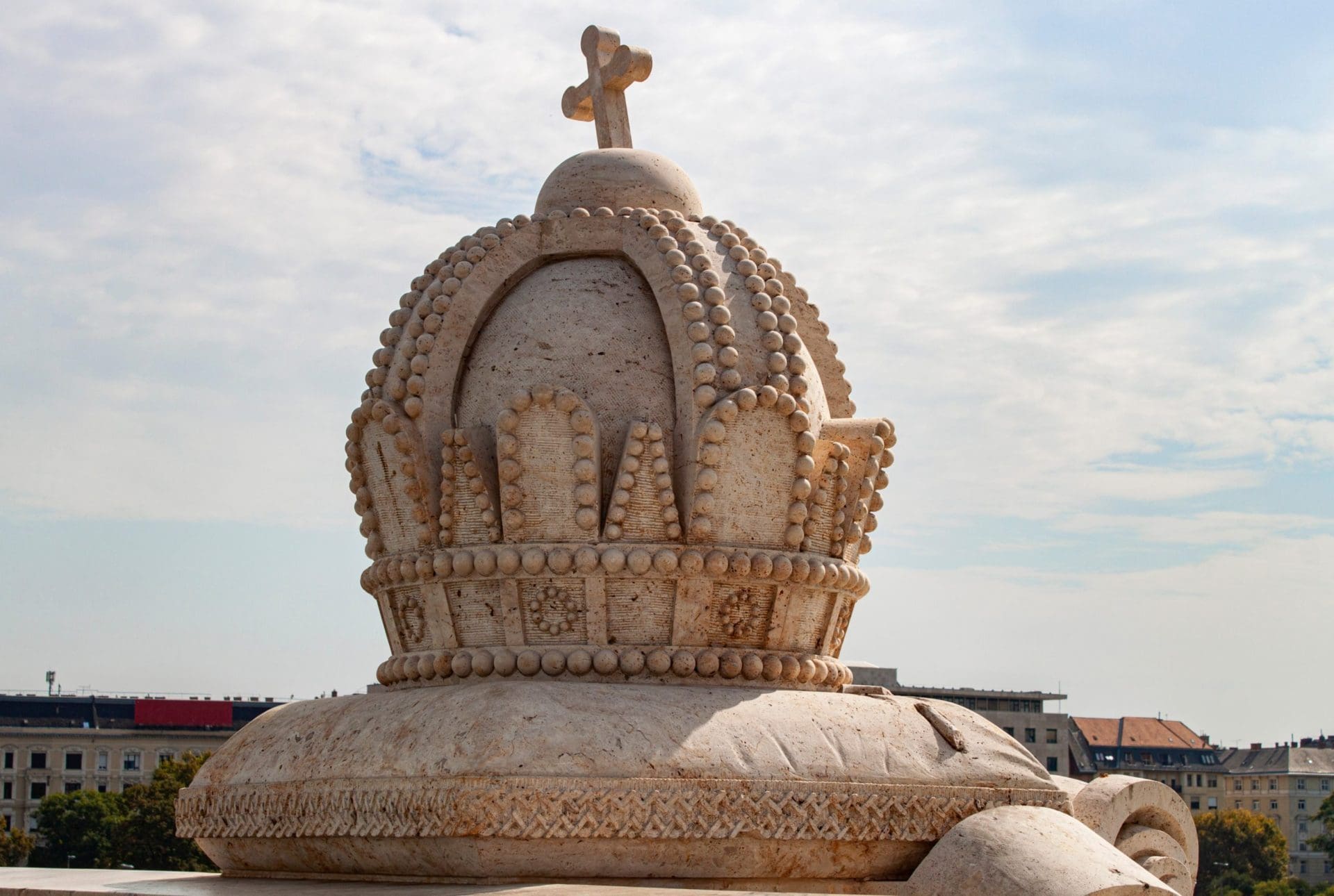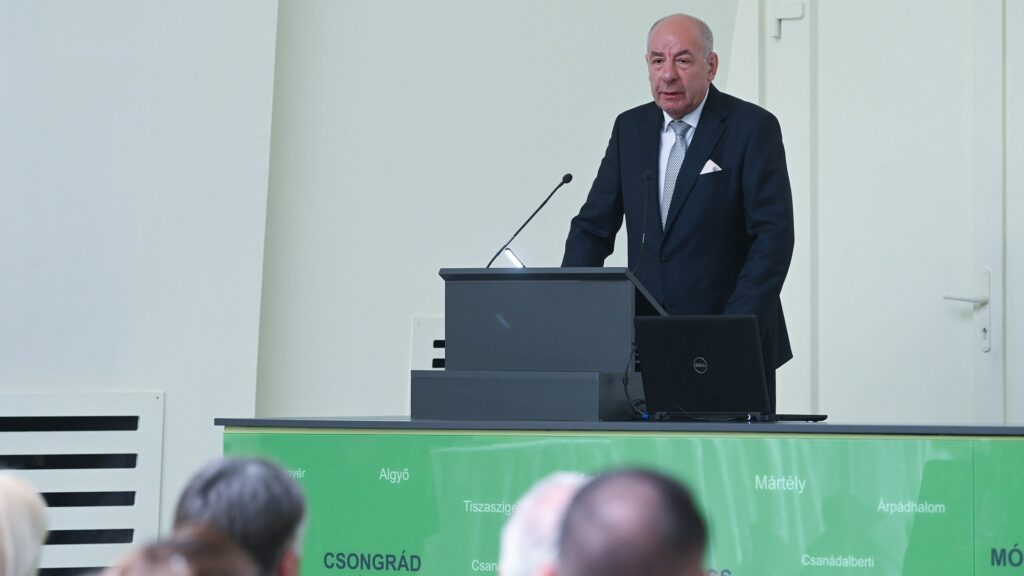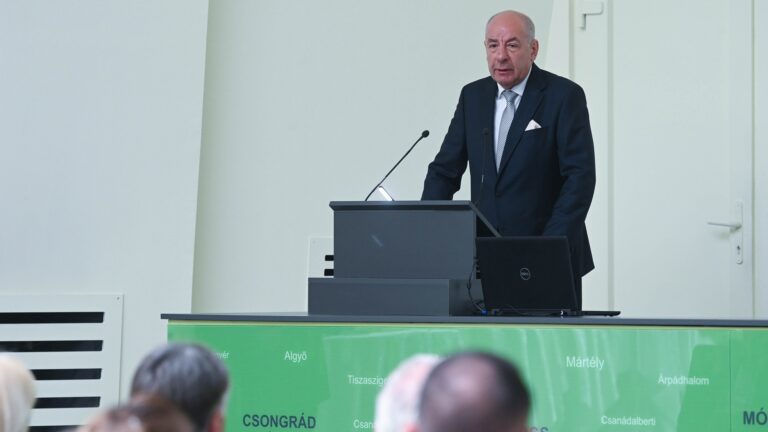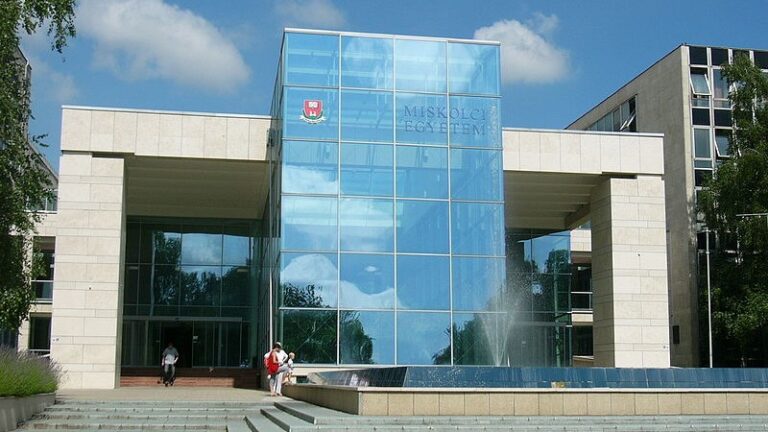Communist Regime, National Identity, and Repatriation Symbolism
Introduction: the Hungarian Revolution of 1956
Sixty-five years ago, the Netherlands, Spain, and Switzerland made history when they became the first countries in the world to announce a boycott of a modern Olympic Games. The boycott, announced in autumn 1956, came in response to the Soviet Union’s violent suppression of the recent Hungarian Revolution. For ten days, as the world looked on in shock, Red Army tanks rolled into Budapest, killing thousands of civilians and driving more than 200,000 freedom-seeking Hungarians from their country.1
During the revolution, Western powers, including the North Atlantic Treaty Organization (NATO), which held almost daily secret meetings for months on the topic, signalled their sympathy for the freedom fighters but refused to intervene directly. The record shows that one NATO partner passionately argued that the world had a moral obligation to resist the Soviet ‘reign of terror’ and stand with Hungarians who were fighting for ‘sacred principles’.2
Meanwhile, Western news outlets followed the story closely, as did the United Nations secretary-general. Mere weeks after the Soviets brutally repressed the Hungarian Revolution, a UN security forces report titled ‘The Problem of Hungary’ analysed the situation on the ground in the small Eastern European nation, concluding that the János Kádár government, just like its predecessors since 1949, when the USSR seized control of all Hungarian political and social institutions, remained ‘repressive’, both socially and politically.3
With Kádár at the helm in the following decades, the Hungarian Socialist Workers’ Party, founded by select leaders of the StalinistHungarian Working People’s Party, would retain political power. Kádár ‘continually’ asked two US presidential administrations to return to Hungary the Holy Crown of King St Stephen, which had been in the possession of the US government since the end of the Second World War.4 It was not until President Jimmy Carter came into office in early 1977, however, that the Hungarian dictator received a positive response.
The Holy Crown of King St Stephen of Hungary
It came to signify the legitimacy of Hungary’s monarch, the country’s national sovereignty, and its orientation toward Western Christianity
Since the beginning of the second millennium, the Crown of King St Stephen has been one of Hungary’s most important national and cultural symbols. The medieval crown was a gift of Pope Sylvester II to Hungary’s first king at his coronation in the year 1000, signifying his legitimacy and also his nation’s orientation toward the Western—rather than the Eastern Orthodox—Church. From the twelfth century onward, the crown was used for the coronation of some fifty Hungarian kings. As such, it came to signify the legitimacy of Hungary’s monarch, the country’s national sovereignty, and its orientation toward Western Christianity.
At the end of the Second World War, with the Soviet Army marching toward Budapest and foreign occupation of the country appearing imminent, the Hungarian Crown Guard shuttled the Holy Crown out of Hungary and into the safekeeping of the US Army. The American government, in turn, designated the crown ‘property of special status held in5 trust and safekeeping’, tucking it safely away at the US Bullion Depository at Fort Knox, Kentucky, where it remained during the first decades of the Cold War.
Controversy over the Crown’s Return by the Carter Administration
The fate of the crown was to change in the late 1970s, however. On 2 November 1977, President Jimmy Carter announced plans to return the crown to Budapest, thus implicitly into the hands of party chief Kádár and the communists. Public outcry was immediate. On 9 November 1977, mere days after Carter’s announcement and twenty-one years to the day since the Soviets crushed the 1956 Hungarian Revolution, the House of Representatives’ Committee on International Relations, Subcommittee on Europe and the Middle East convened to hear public testimony on President Carter’s newly-announced plan to return the crown to Budapest as documented in the Congressional Record titled ‘The Holy Crown of St Stephen and United States– Hungary Relations’. Yet, oddly, the official document is not housed in the national archives with other documents of its kind. Instead, from 15 March 1978, it was housed at the Purdue University Library, until recently when it was digitized and published online.6
The Congressional Record on the matter shows overwhelming opposition to Carter’s plan. The president believed returning the crown would create better diplomatic relations between the two nations which would, in turn, encourage economic liberalization in Hungary.7 But Carter, who had just months earlier talked openly on the campaign trail about the Soviet oppression of Eastern Europe, underestimated the moral outrage his decision would draw from Hungarian American émigrés, who were not primarily driven by economic concerns. Instead, they and their sympathizers continued to view Kádár and his Communist Party as stridently anti-freedom and anti-Christian; in short, pro-communist and therefore anti-Hungarian.
In advance of the congressional hearing, dozens of letters and telegrams poured in from home and abroad, making their way into the 155-page record. In addition, the congressional committee invited a dozen witnesses from across the political and cultural landscape to give testimony. Representing several Hungarian American associations, Adelbert Balunek explained the significance of the Holy Crown, saying that it represented ‘1,000 years of Christian, independent, sovereign rule in Hungary. The crown is the link between the Hungarian nation and Western civilization.’ 8 István Gereben, executive secretary of the Coordination Committee of Hungarian Organizations in America, rejected Carter’s claim that Kádár’s regime had become more ‘liberal’ in the preceding years, listing the religious persecution of Hungarians as recently as 1977. Would the restitution of the ‘Holy Crown of St Stephen—the 1,000-year-old symbol of the Hungarian constitutionality, legality, and legitimacy—be the US award for totalitarianism?’9
Representative Frank Horton of New York sought to contextualize the issue for those present: ‘How would the world have reacted if, in 1941, the Chief Rabbi of Warsaw had presented a sacred Torah to Adolph Hitler in recognition of his ‘fine treatment of the Jewish people?’ he queried, calling any ceremony in which an American president would hand over the Holy Crown to communists ‘a loss of face’.10
Calling ‘the commotion around the crown a ridiculous theatre,’ Rev. Julian Füzér, president of the Hungarian American Catholic Priests’ Association, warned the committee not to fall prey to false moral equivalence. The communists, he reminded them, ‘[d]on’t believe in symbols; for them, there is no human freedom; in their opinion Christianity is passé; in their books, history is a meaningless happening; they do not admit any morally binding power; they do not respect and do not keep promises; they do not distinguish between truth and lie; they have no conscience; they have nothing sacred.’11
A representative speaking on behalf of the Cardinal Mindszenty Foundation, named after the Hungarian archbishop imprisoned and tortured by the communist government in 1949, and who had lived in exile at the US Embassy in Budapest for fifteen years, expressed concerns about the crown legitimizing the Kádár regime:
‘It is the communists who have steadily pressured our State Department and officials for the return of the Holy Crown of St Stephen to give Dictator Kádár the appearance of legality. It is not the Catholic Church of Hungary that has pressured the State Department. It is not the people of Hungary who have pressured our State Department. It is the communist rulers of Hungary who want this last semblance of legitimacy for their government. [The crown] must never be returned to the communist government.’12
Representative Jack Kemp (NY) reminded the committee that despite claims to the contrary, religious persecution persisted underKádár’s leadership:
‘The Crown symbolizes Hungarian nationhood, Hungarian freedom and independence, and Hungarian Christianity. To give the Crown of Stephen to the repressive regime in Hungary that consistently persecutes all religious devotion in the aftermath of the bloody Hungarian Revolution of 1956 would be outrage and sacrilege, and we must protest.’13
There were a few dissenters, and important ones at that. Ferenc Nagy, a former Hungarian prime minister ousted by the Soviets in 1949, and subsequently a political exile in America, stated that hatred for Hungary’s communist enemies must not trump love for its people. And the people, Nagy insisted, languished without hope. ‘[The people need] daily encouragement and since no persons or political circles or organizations can give enough of it to them, maybe the Holy Crown, the symbol of the continuity of national life and history, will do it.’14
Similarly, Major General Béla Király, former Commander in Chief of the National Guard (Hungarian Freedom Fighters), who was forced to flee after the failed 1956 Revolution, spoke in favour of the crown’s return. He hoped that pro-democracy outlets such as Radio Free Europe, the Voice of America, and the Western press could broadcast the crown’s symbolism of Hungarian national sovereignty. Furthermore, he added, the move would further engender ‘good sentiment’ in the hearts of Hungarians toward Americans and away from the Soviets.15
Perhaps the most optimistic and shocking testimony of the hearing came from Representative Bill Frenzel (MN), who insisted that in the wake of Cardinal Mindszenty’s release from jail, ‘[American] evangelist Billy Graham’s trip to Budapest, and Kádár’s recent reception by the Pope shows that [r]eligious freedom has been restored in Hungary […]. The Kádár regime is not oppressive. It is not anti-religion.’16
Since 1951 the State Ecclesiastical Office had strictly monitored all church activities throughout the country. Catholic priests, monks, and nuns continued to fill Hungarian prisons
This was false, of course. Although Kádár had announced a more relaxed policy summed up by the phrase, ‘Those who are not against us are with us’, the government’s posture toward Hungarian churches in the 1970s remained far from friendly. Since 1951 the State Ecclesiastical Office had strictly monitored all church activities throughout the country. Catholic priests, monks, and nuns continued to fill Hungarian prisons. So-called ‘peace priests’—communist moles—infiltrated the Catholic Church and even reported on their parishioners after their confessions. Christian Reformed youth who dared to oppose strict government regulations faced persecution and even imprisonment. In sum, the communists’ long-term plan to slowly demoralize, destroy, and delegitimize religion within Hungarian culture was still firmly in place.
Hungarian Americans knew this, which was why their testimonies emphasized religious persecution and the issue of freedom rather than economic liberalization. And while dissenters like Nagy and Király expressed the belief that returning the crown might provide hope to the Hungarian people, only Representative Frenzel dared to believe that religious tolerance had found a home in Kádár’s Hungary.
Eventually, on 6 January 1978, the 39th President of the United States did return the Holy Crown to Budapest whereby Hungary, still a satellite country of the Soviet Union, was soon after granted the status of ‘most-favored-nation’ of the United States. This purely economic designation set in motion a Senate hearing before the Subcommittee on International Trade of the Committee on Finance called ‘Most-Favored-Treatment for Hungary’, on 5 May 1978, almost exactly five months to the day since the crown’s repatriation.
As in the congressional hearing over the crown’s repatriation, the trade and finance subcommittee hearing also included witness testimony. István Gereben, once again representing several Hungarian American organizations, summed up the opposition to Hungary gaining ‘most-favored-nation status’: Hungary, despite having joined the Helsinki Accords, continued to prohibit freedom of thought, conscience, and religion; freedom of opinion and expression; freedom of peaceful assembly; and the principle that the will of the people shall be the basis of the authority of government. Since the state was the sole trader in Hungary, it was conceivable that the benefits of increased US–Hungarian trade would be channelled not to the people but to serve the purposes of an oppressive government.17
The Crown’s Repatriation: Forty-Four Years on
Today the US Embassy in Hungary unequivocally celebrates Carter’s decision, saying he based it on First Secretary Kádár’s record of religious tolerance, which was ‘an example to all Eastern-Bloc nations’.18 For his part, President Carter did not weigh in on the topic, until recently, in the lead-up to the 44th anniversary of the crown’s return to Hungary. At present, his museum’s official position is that ‘the return of the crown led to a marked improvement in US–Hungarian relations and was a major factor contributing to the historic changes in Hungary following the fall of communism in Eastern Europe’.19
More likely, Carter’s bid to return the crown to Kádár’s communist Hungary was motivated by a range of factors. First, the president’s gesture improved US–Hungarian diplomatic relations, mainly because the action granted Hungary ‘most-favored-nation status’ which reduced the indebted nation’s tariff burdens and increased trade between it and the West, just when Hungary had begun a steep slide into deep recessionary crisis due to increased inflation, mounting social expenditures, and a negative standard-of-living forecast for a country mired in debt. In short, economic liberalization ultimately came because the West threw the country an economic lifeline.
Looking back, recently recovered, first-hand testimony given at an official congressional hearing on the matter reveals that HungarianAmericans and their sympathizers almost universally opposed the crown’s repatriation to Kádár-regime-controlled Hungary. They based their opposition not on economics but rather on the crown’s explicit Christian symbolism and unmatched national significance to the Hungarian people, both of which were fundamentally antithetical to communist ideology and Kádár’s regime, which continued to oppress religion.
On 6 January 2022, Christians the world over celebrated Epiphany, the occasion of God’s appearance to His world—when the Magi gathered around the new-born Christ child and then when the Risen Saviour manifested himself to the Gentiles. It also marks the 44th anniversary of the repatriation of King Stephen’s Holy Crown to Hungary. And even though today progressive forces gather in opposition to what it symbolizes, the crown still represents Hungarian nationhood and Western Christian identity.
The crown is displayed for public viewing under the dome of the National Assembly in Budapest.
NOTES
1 As a result, 200,000 Hungarians were resettled abroad in 35 countries—20,000 via Yugoslavia and 180,000 via Austria. See Amanda Cellini, ‘The Resettlement of Hungarian Refugees in 1956’, Forced Migration Review, www.fmreview.org/resettlement/cellini, accessed 5 January 2022.
2 ‘Hungarian Revolution of 1956 – Private Records’, www.nato.int/cps/en/natolive/102641.htm, accessed 5 January 2022; ‘Hungary 1956’, The National Archives (2019), www.nationalarchives.gov.uk/education/ resources/cold-war-on-file/hungary-1956/, accessed 5 January 2022.
3 United Nations, ‘Publication and Distribution of the Report of the Special Committee on the Problem of Hungary’, 1957, https://search.archives.un.org/uploads/r/ united-nations-archives/2/a/6/2a65b802f0e4bcb8f93c- d8712218e3f243b899a9c3d1e83fcd6bb0f17e8f4394 /S-1837-0009-0002-00001.PDF, accessed 5 January 2022.
4 Katalin Kadar Lynn, ‘The Return of the Crown of St. Stephen and Its Subsequent Impact on the Carter Administration’, East European Quarterly, 34/2 (2000), 181.
5 ‘Museum Items – Museum – the Jimmy Carter Presidential Library and Museum’, Jimmy Carter Presidential Library and Museum, www.jimmycart- erlibrary.gov/museum/museum_items, accessed 5 January 2022.
6 The Holy Crown of St. Stephen and United States– Hungarian Relations: Hearing before the Subcommittee on Europe and the Middle East of the Committee on International Relations, House of Representatives: Ninety-Fifth Congress, First Session, 1977, https://books. google.hu/books?id=8hUmAAAAMAAJ&printsec= frontcover&source=gbs_ge_summary_r&ca d=0#v=onepage&q&f=false.
7 ‘The MacNeil/Lehrer Report; the Return of St. Stephen’s Crown’, American Archive of Public Broadcasting, https:// americanarchive.org/catalog/cpb-aacip_507-804xg9fw3x, accessed 5 January 2022.
8 The Holy Crown of St. Stephen and United States– Hungarian Relations, 37. (Emphasis added.)
9 The Holy Crown of St. Stephen and United States– Hungarian Relations, 20.
10 The Holy Crown of St. Stephen and United States– Hungarian Relations, 11.
11 The Holy Crown of St. Stephen and United States– Hungarian Relations, 49.
12 The Holy Crown of St. Stephen and United States– Hungarian Relations, 45–46.
13 The Holy Crown of St. Stephen and United States– Hungarian Relations, 56.
14 The Holy Crown of St. Stephen and United States– Hungarian Relations, 70.
15 The Holy Crown of St. Stephen and United States– Hungarian Relations, 71.
16 The Holy Crown of St. Stephen and United States– Hungarian Relations, 18.
17 ‘Most-Favored-Treatment for Hungary’, U.S. Senate, 1978, www.finance.senate.gov/imo/media/doc/Hrg97-62. pdf, accessed 5 January 2022.
18 ‘Return of the Holy Crown of St. Stephen’, U.S. Embassy in Hungary, 2018, https://hu.usembassy.gov/embassy/ budapest/embassy-history/return-holy-crown-st-stephen/, accessed 5 January 2022.
19 ‘Museum Items – Museum – the Jimmy Carter Presidential Library and Museum’, Jimmy Carter Presidential Library and Museum, www. jimmycarterlibrary.gov/museum/museum_items, accessed 5 January 2022.








